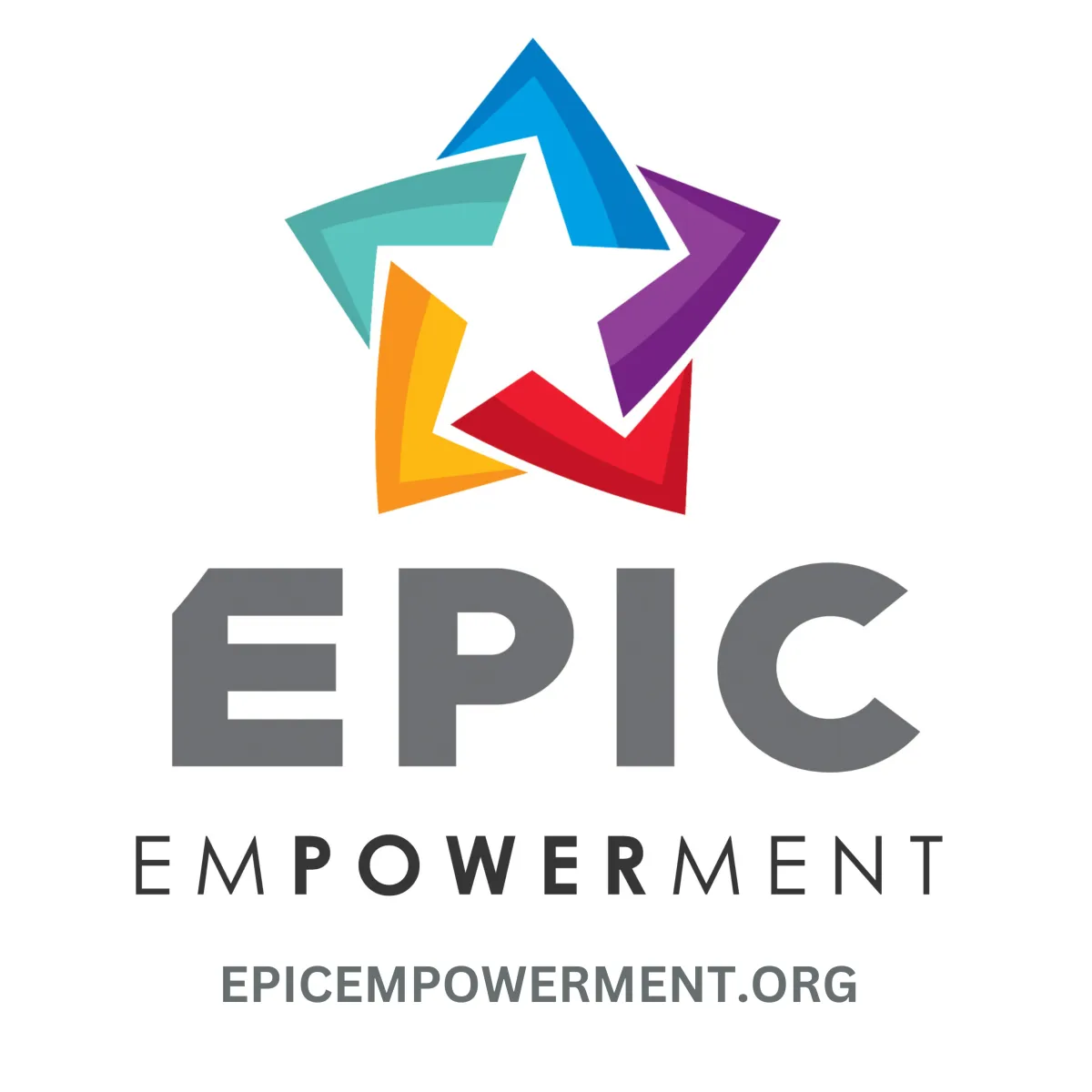SafeKids Continuum of Care
The Importance of a City Plan for Homeless Youth
A critical first step in the city plan for addressing homeless youth is the implementation of a county-wide 24/7 hotline, featuring an AI Attendant. This innovative approach ensures that young people in crisis have immediate access to support, no matter the time or place. The AI Attendant serves as the first point of contact, capable of quickly assessing the situation and directing the youth to the appropriate resources, whether it's emergency shelter, counseling services, or educational support. By offering round-the-clock assistance, this hotline not only provides a lifeline to those in need but also helps streamline the response efforts of city officials and stakeholders, making it an essential component of a comprehensive plan to combat youth homelessness.
Why a City Plan For Youth Matters
Addressing Immediate Needs
A city plan ensures that homeless youth have access to immediate resources such as shelter, food, and healthcare. By coordinating with local shelters, food banks, and health services, the city can provide a safety net that prevents young people from enduring the harsh realities of life on the streets.
Providing Educational Continuity
Homelessness often disrupts a young person's education, leading to long-term consequences. A city plan prioritizes educational stability, ensuring that homeless youth can stay in school, access transportation, and receive the support they need to succeed academically.
Coordinating Services and Resources
Homeless youth often navigate a maze of disconnected services. A city plan brings together various agencies, nonprofits, and community organizations to create a streamlined, cohesive support system. This coordination helps ensure that no youth falls through the cracks.
Promoting Long-Term Stability
Beyond addressing immediate needs, a city plan focuses on long-term solutions such as affordable housing, job training, and mental health services. By providing pathways to stability and self-sufficiency, the plan empowers homeless youth to build a brighter future.
Enhancing Community Safety and Well-being
Addressing youth homelessness is not only about helping those in need; it also strengthens the community as a whole. By reducing homelessness, the city can lower crime rates, improve public health, and foster a sense of safety and belonging for all residents.
A city plan for homeless youth is more than a policy—it's a commitment to protecting our most vulnerable residents. By investing in these young lives, the city not only fulfills a moral obligation but also secures a healthier, more prosperous future for the entire community.
Questions and Answers on Collaborating with SafeKids to Address Homeless Youth
How can city officials collaborate with SafeKids to address the needs of homeless youth?
City officials can partner with SafeKids by integrating their resources and services into the city's overall plan for homeless youth. This collaboration can involve coordinating outreach efforts, aligning on policy initiatives, and ensuring that SafeKids’ programs are fully supported by city infrastructure, such as housing and educational services.
What role do stakeholders play in the success of a city plan for homeless youth?
Stakeholders, including businesses, nonprofits, and community organizations, are crucial to the success of a city plan. By working closely with SafeKids, stakeholders can provide additional resources, funding, and volunteer support, helping to extend the reach and impact of the city's efforts to assist homeless youth.
Why is it important for SafeKids to be included in the development of a city plan for homeless youth?
SafeKids offers specialized expertise in supporting at-risk youth, making their inclusion in the city plan essential. Their experience with providing direct services, such as emergency shelter and educational support, ensures that the plan is grounded in practical, effective strategies that address the real needs of homeless youth.
How can city officials and SafeKids ensure that homeless youth have access to educational opportunities?
By collaborating, city officials and SafeKids can work to remove barriers that prevent homeless youth from accessing education. This can include providing transportation, advocating for policies that support school stability, and offering tutoring and mentorship programs through SafeKids to keep youth engaged and on track academically.

What are the key goals that city officials and SafeKids should prioritize to effectively address youth homelessness?
The key goals should include ensuring immediate access to safe housing, creating pathways to long-term stability, providing comprehensive mental health and wellness services, maintaining educational continuity, and fostering community engagement to build a support network for these youth. Collaboration between city officials and SafeKids is essential to achieving these objectives effectively and sustainably.
GET THE LATEST NEWS
UPDATES COMING SOON!
GET CONNECTED
SCHEDULE A MEETING OR INTERVIEW
DISCOVER BEING A SAFE PLACE
BECOME A HOST FAMILY

Together, we are building a brighter future for our youth, where every child can feel safe, supported, and empowered to achieve their dreams. Our community's strength lies in our unity and commitment to lifting each other up.
★★★★★
Mark Moebius —
Founder of
Epic Empowerment


JIREH COMMUNICATIONS IS A 501C3 NON PROFIT CORPORATION
DBA EPIC EMPOWERMENT AND SAFEKIDS. ALL MONETARY DONATIONS ARE TAX DEDUCTIBLE. EIN 47-3376341
